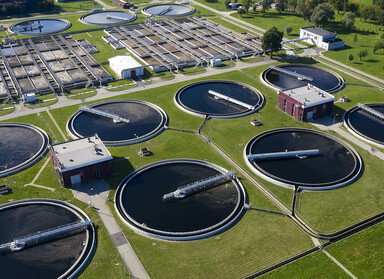Phosphorus
EOSi’s services help customers develop, implement, and update their compliance strategy for removing harmful nutrients, and EOSi’s MicroC® products are uniquely suited for use in enhanced biological phosphorus removal (EBPR) processes.
EBPR
Quality & Cost-Effective Solutions for Enhanced Biological Phosphorus Removal
Like nitrogen, excessive phosphorus discharges entering freshwater systems damages water quality and aquatic habitats, causing harmful drinking water contamination, algal blooms, and fish kills. Phosphorus-fed algal blooms blocking sunlight and consuming dissolved oxygen in the water also produce toxins and encourage bacterial growths that sicken people who swim in or drink the water, or who eat tainted fish or shellfish.
Phosphates are found naturally in soils, animals, and plants, but other significant sources of phosphates in the environment include man-made fertilizers, soil erosion and runoff from mining and agricultural activities, cleaners and detergents, animal wastes, and sewage and septic systems — resulting in today’s strict environmental regulations governing phosphorus discharge limits for wastewater treatment plants.

EOSi provides reliable carbon solutions to support Enhanced Biological Phosphorus Removal (EBPR), helping wastewater treatment facilities improve phosphorus removal performance and meet stringent effluent limits.
How EOSi Can Help
EOSi’s services help customers develop, implement, and update their compliance strategy for removing harmful biological nutrients, and EOSi’s MicroC® products are uniquely suited for use in enhanced biological phosphorus removal (EBPR) processes. EBPR uses a series of anaerobic, anoxic, and aerobic reactors designed to encourage the growth of phosphorus-accumulating organisms (PAOs), removing phosphorus from the wastewater treatment system as part of a waste biological sludge.
Carbon sources such as MicroC are added to the anaerobic reactors to provide the PAOs with a readily available food supply that is necessary to facilitate the EBPR process. EBPR is gaining in popularity as it is viewed as a more sustainable method of removing phosphorus compared to chemical phosphorus removal that require metals such as iron and aluminum that bind with the phosphorus.
Take Better Control of Your Biological Nutrient Removal Processes.


